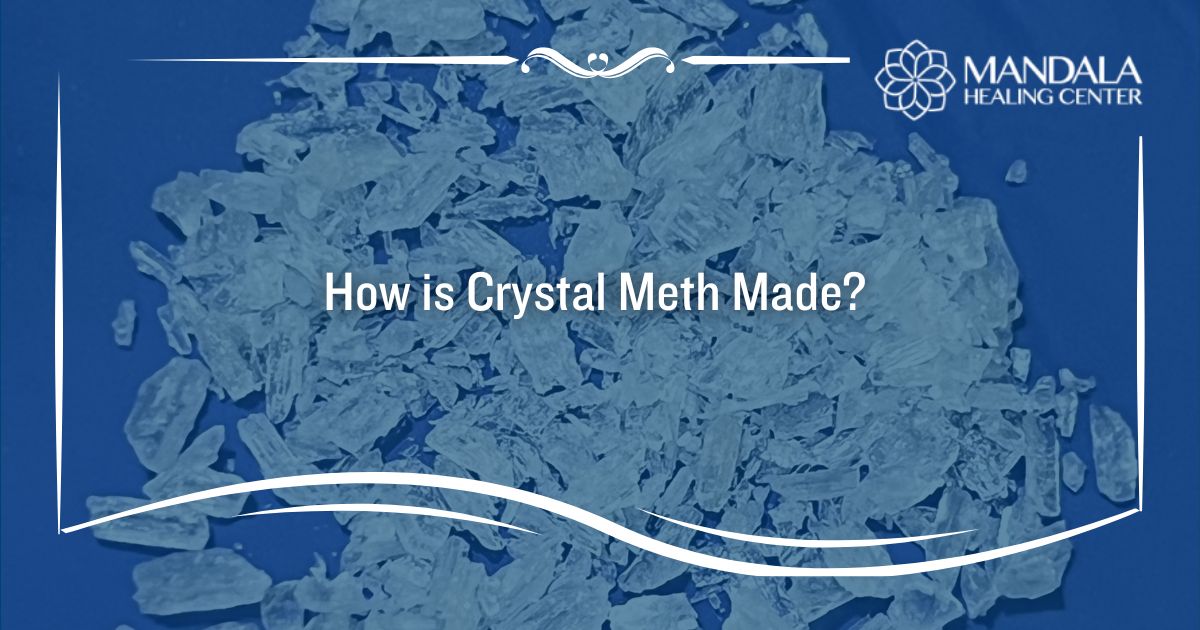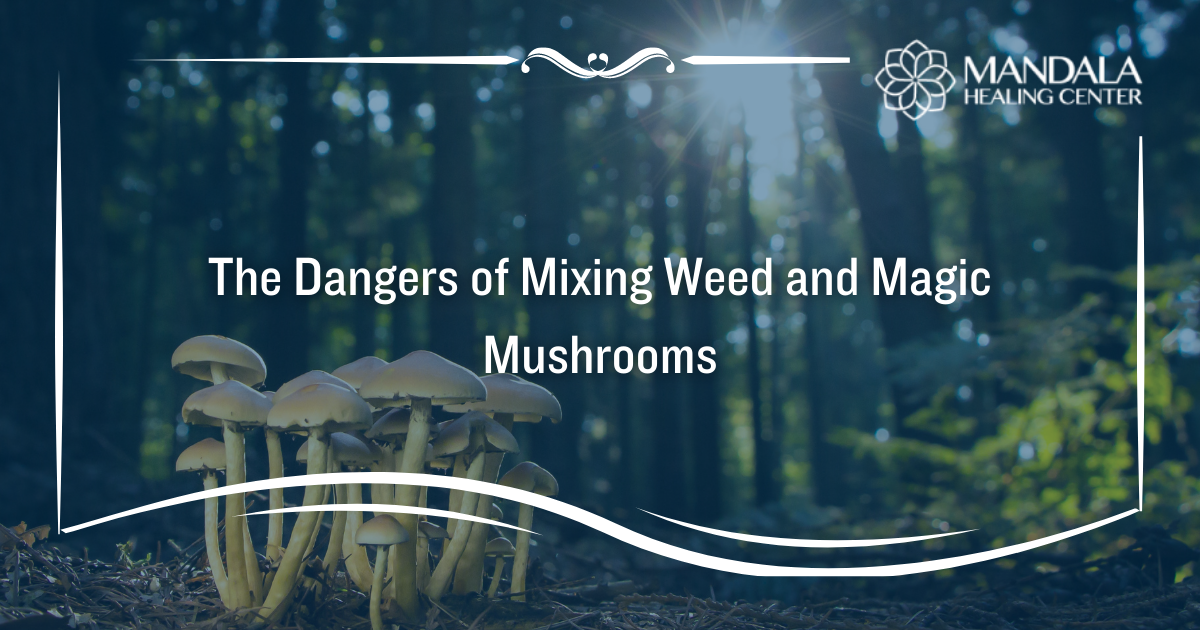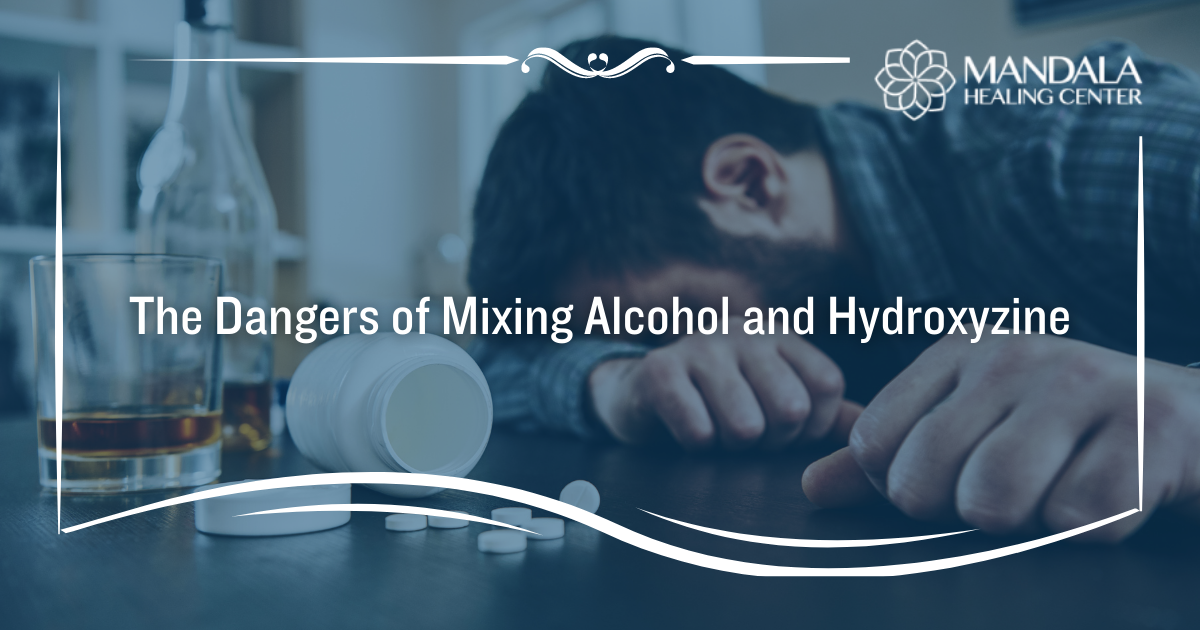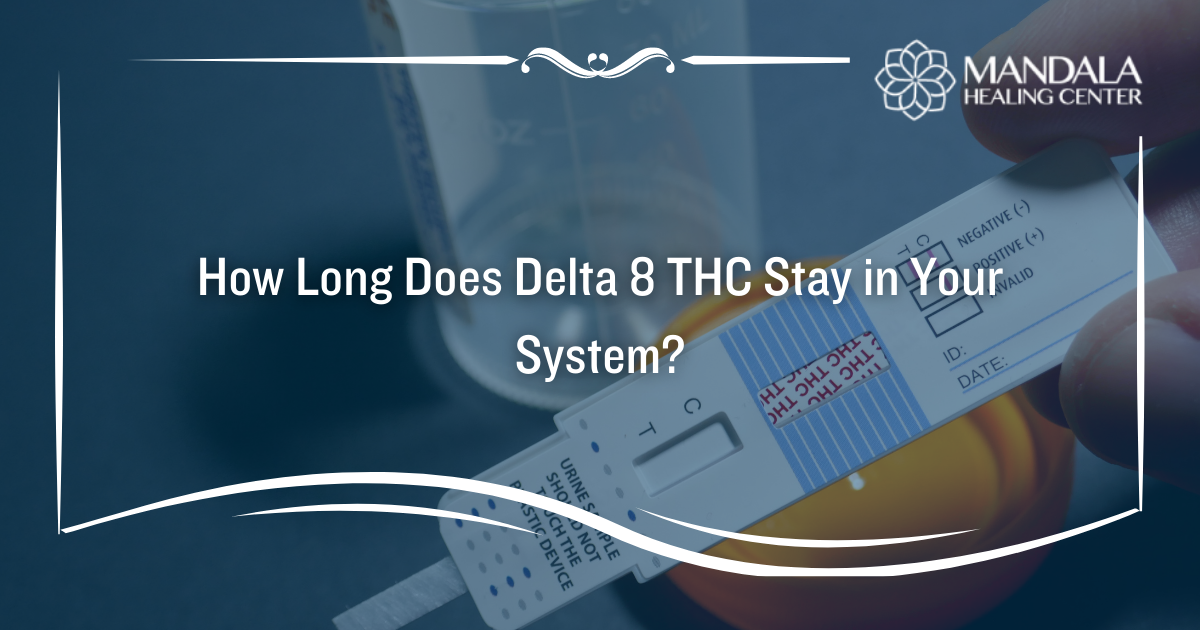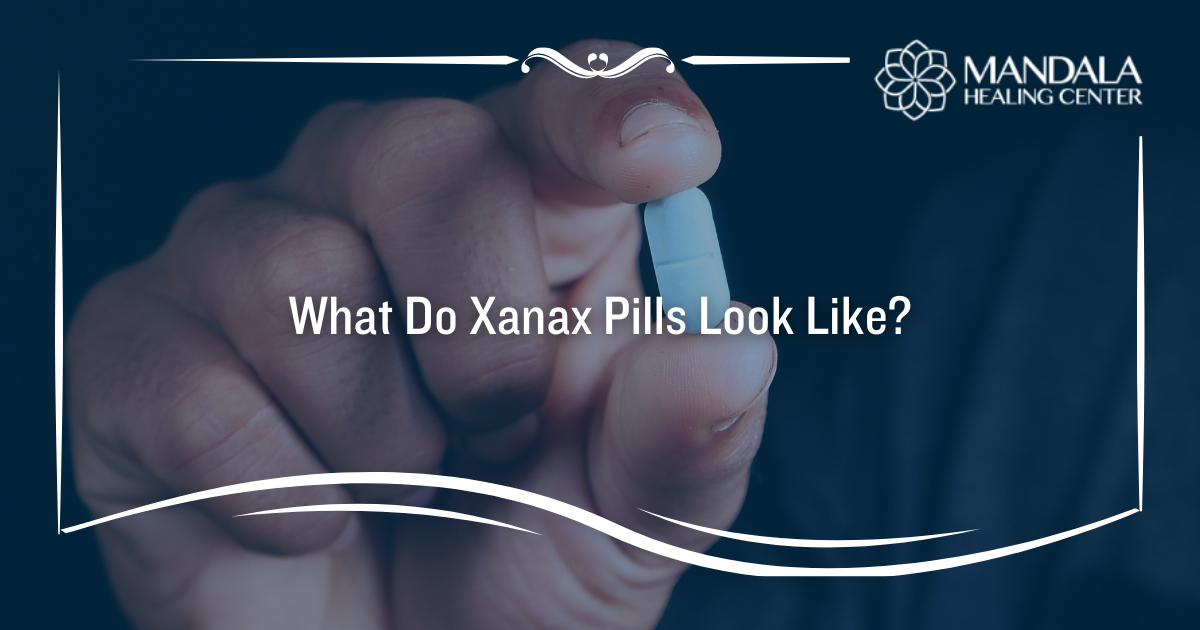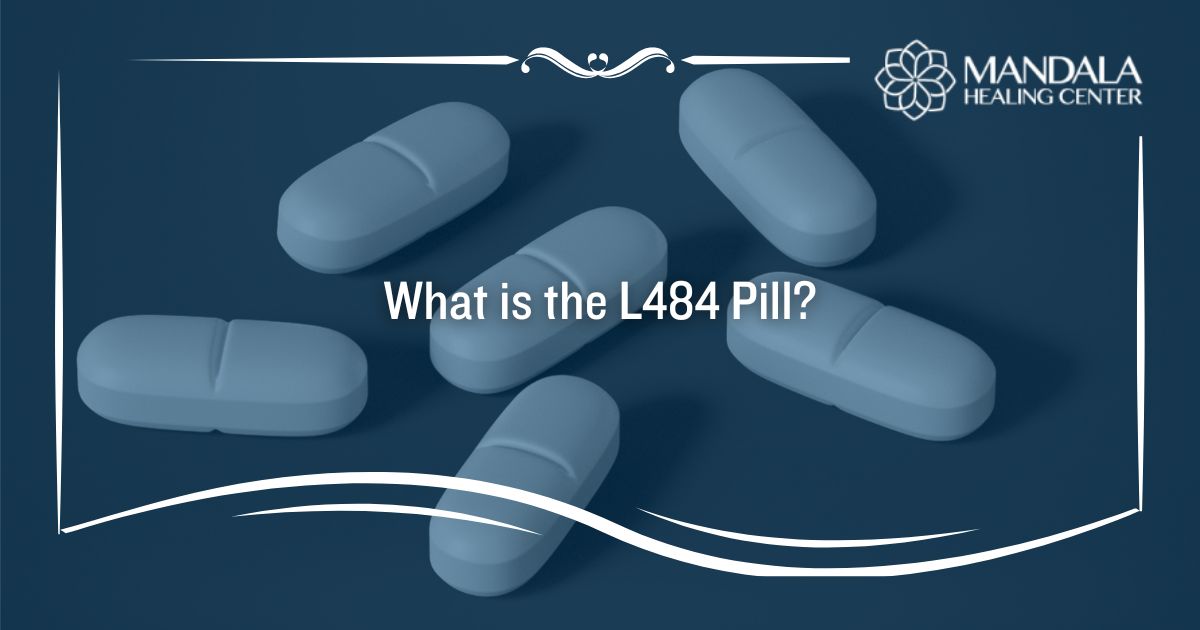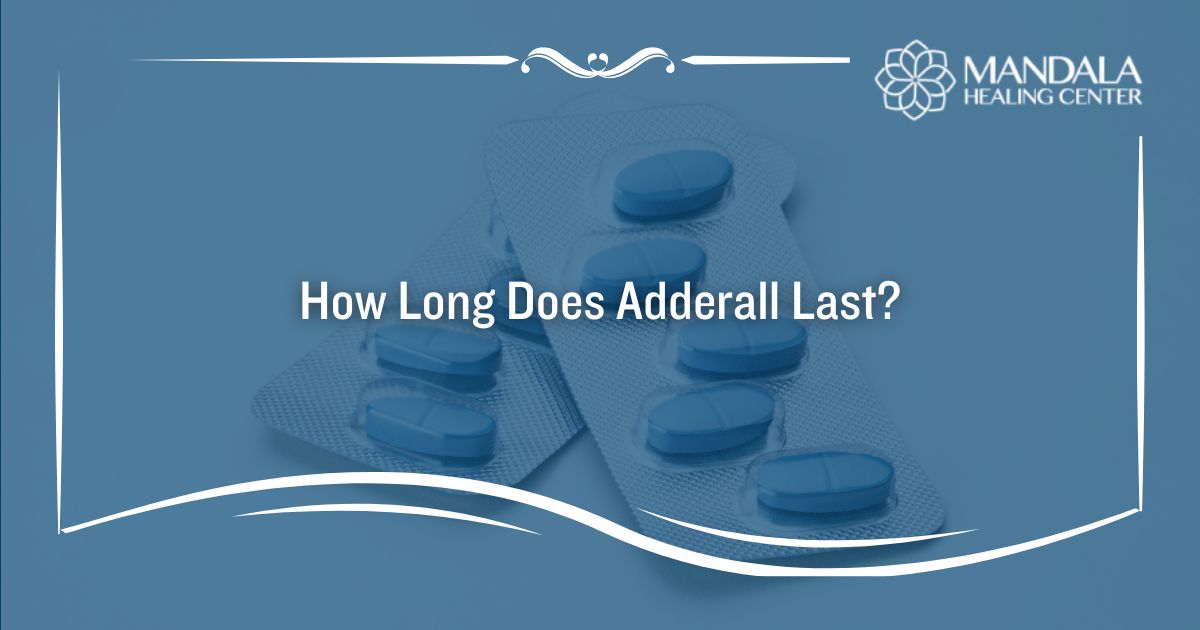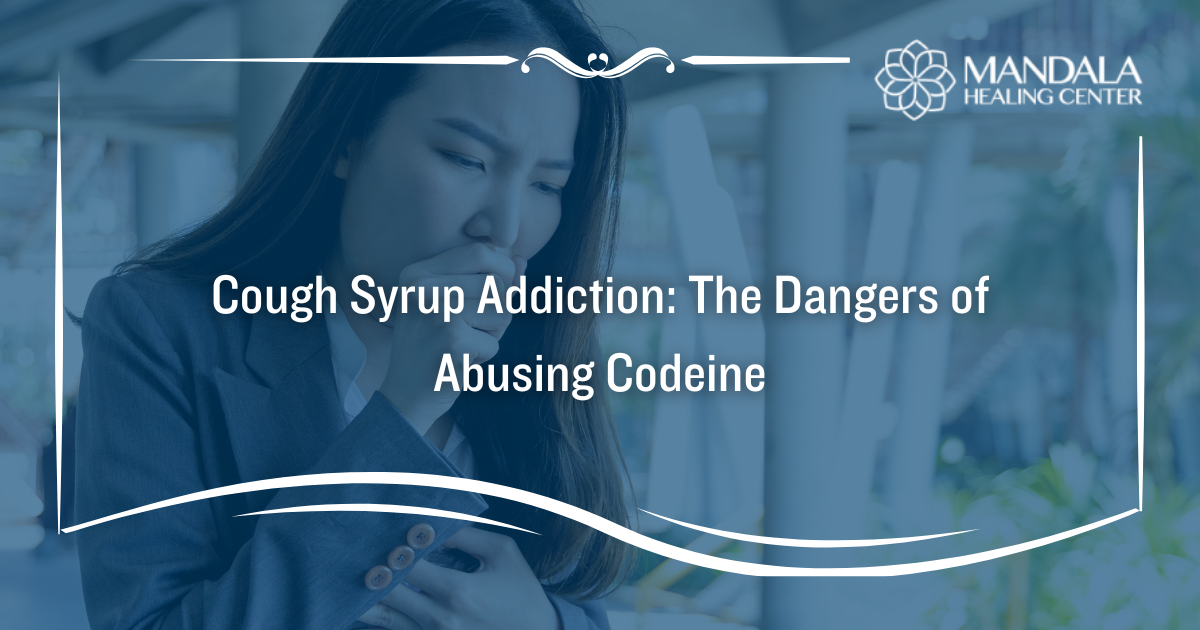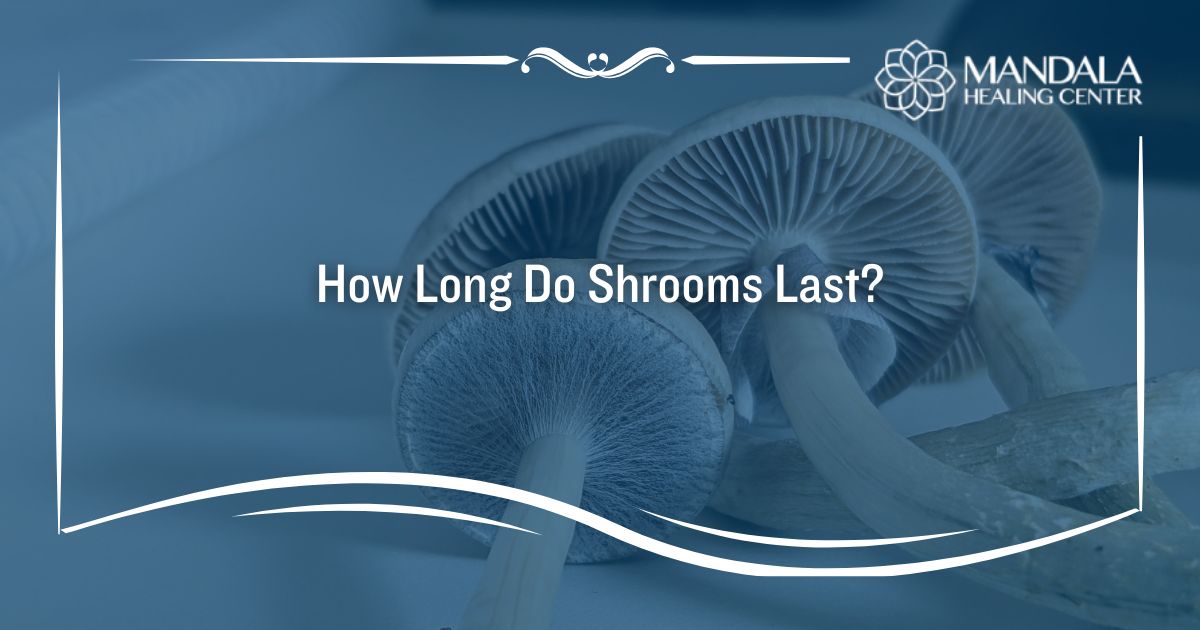Meth is a potent stimulant drug that is available by prescription under the brand name Desoxyn. Doctors prescribe it to treat attention-deficit hyperactivity disorder (ADHD).[1] That said, the crystal meth that is sold on the streets is very different from what doctors prescribe.
Crystal meth can be smoked, snorted, swallowed, or injected. It causes effects like euphoria, extreme energy, heart complications, paranoia, and more. Abusing meth long-term can lead to a variety of health concerns, including dental decay, malnutrition, sleep deprivation, substance-induced psychosis, life-threatening overdoses, and even organ damage.[2]
The main difference between prescription meth and crystal meth is the ingredients and how it is made. While prescription meth only contains methamphetamine, crystal meth is created with over-the-counter cold medicines and chemicals like phosphorus, acetone, and freon. It can also contain household chemicals such as acetone, battery acid, ammonia, and others.
Making crystal meth is a dangerous process. Because many of the chemicals used to create it are highly flammable, home meth-labs are notorious for blowing up. In other words, attempting to make meth can lead to life-threatening injury.
If you or a loved one is addicted to crystal meth, the Mandala Healing Center is here to help. We offer personalized and evidence-based treatment that increases your chances of maintaining long-term sobriety.
In this article, you will learn:
- How is crystal meth made and what ingredients are used?
- Does crystal meth contain cutting agents or adulterants?
- What are the risks of cooking crystal meth?
What are the Ingredients in Crystal Meth and How is it Made?
Crystal meth is highly addictive and dangerous to use. Part of the reason it is risky to abuse meth is because of how it is made and the ingredients it contains.
Small-scale or home meth labs in the United States use over-the-counter cold medications like pseudoephedrine or ephedrine as a base. These medicines are cooked with acetone, red phosphorus, and freon. When water is combined and heated with a solvent like acetone, it creates a crystalline-substance, which is why the drug is called crystal meth.
Almost every chemical used to create crystal meth is highly-flammable. Because the process used to create meth is unstable, it often results in fires or explosions. If someone is successful in cooking meth, they are still at risk of experiencing health concerns from accidentally inhaling the fumes during the process of cooking it or consuming it intentionally.
A few examples of dangerous household chemicals that are used to create crystal meth include:[3]
- Acetone found in paint thinner or nail polish remover
- Battery acid
- Iodine crystals
- Red phosphorus from matches or flares
- Ether or chloroform
- Anhydrous ammonia from household cleaners
- Sulfuric acid from drain cleaners
- Energy drinks when over-the-counter cold medicines are unavailable
- Brake fluid
- Freon
- Alcohol
- Benzene or gasoline
- Lithium that is found in car batteries
Are Cutting Agents Used in Crystal Meth?
While meth is less known for being diluted than other drugs like heroin and cocaine, sometimes cutting agents are used.
Examples of cutting agents found in crystal meth include:
- Amphetamines – These are central nervous system stimulants that produce the same effects as methamphetamine. These tablets can cause a reddish-brown tint.
- Phosphorus – Phosphorus is a mineral that can be added to meth to increase the volume of the drug. It might make crystal meth have a purple tint.
- Sulfur – Sulfur is another mineral that might be added to meth by drug dealers to make more money. It can create an orange tint.
- Methylsulfonylmethane (MSM) – MSM is a powder sold to reduce joint pain and decrease inflammation. It is used to dilute meth so that drug dealers can make more money off of their product. Because it is a white crystalline substance, it blends in easily with crystal meth.
- Copper Salts – Copper salts are used as pesticides and fungicides in agriculture. They are used to dilute meth and might cause a green tint.
In addition to these cutting agents, sometimes crystal meth is adulterated with other drugs. While less common than among drugs like heroin, fentanyl has been found in methamphetamine before. If you consume meth that contains fentanyl, you could experience a life-threatening overdose.
Since crystal meth can contain so many dangerous chemicals, it is best to avoid using the drug. If you or a loved one suffers from meth addiction, the Mandala Healing Center can offer you the tools and support you need to achieve long-term sobriety. Attending addiction treatment will prevent you from developing the long-term risks of meth abuse like meth mouth or organ damage.
What are the Dangers of Making Crystal Meth?
The manufacturing process used to produce meth is dangerous. You have to heat highly flammable chemicals, which can lead to fires or explosions. At-home meth production can cause you to experience life-threatening injuries and death.
Another risk of cooking meth is accidentally inhaling the vapors while you are heating it. Even if you do not intentionally smoke the drug, you will probably get high on it while you are making it. There is a high potential that you will develop an addiction and experience long-term health risks.
If you or a loved one suffers from meth addiction, it’s time to seek professional help. During an addiction treatment program, you’ll receive medical detox, individual therapy, group counseling, relapse prevention planning, and aftercare support.
Get Connected to a Meth Rehab Center
Meth addiction can be incredibly difficult to overcome. Instead of attempting to quit on your own, allow a program like the Mandala Healing Center to help you through the process. Our program includes an in-depth assessment, medical detox, evidence-based therapies, and more.
Why Choose The Mandala Healing Center? Clients are taken on a journey of healing through complete immersion into evidence-based clinical modalities, multifaceted alternative therapies, and expert medical management, allowing them to detox and recover from drug and alcohol addictions. Through a program of care designed to encourage change, a foundation is created that allows clients to find their higher purpose and reclaim their lives.
Contact us today for more information on how we can help you recover from meth addiction.
References:
- The Food and Drug Administration (FDA): Desoxyn Label
- The National Institute on Drug Abuse (NIDA): Methamphetamine
- The State of Oregon: Chemicals in Meth Manufacture


